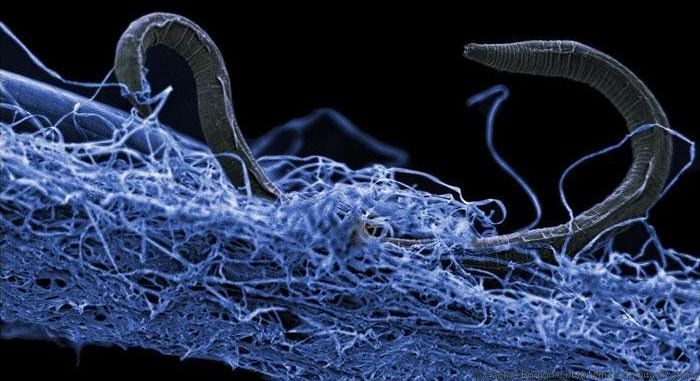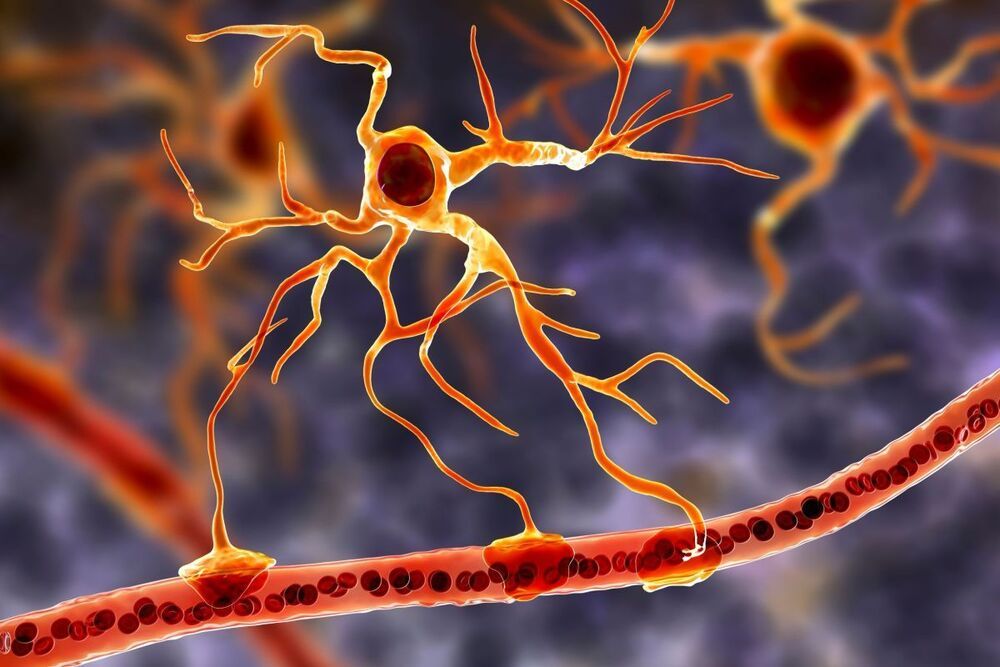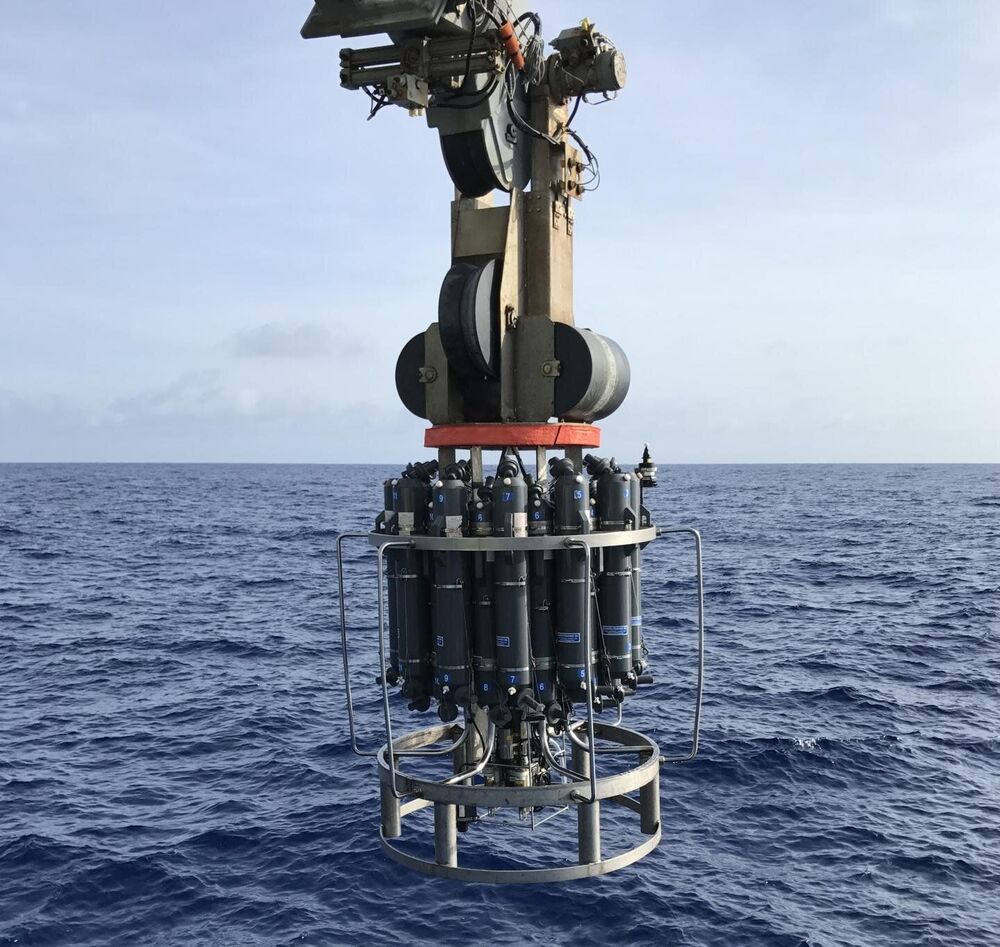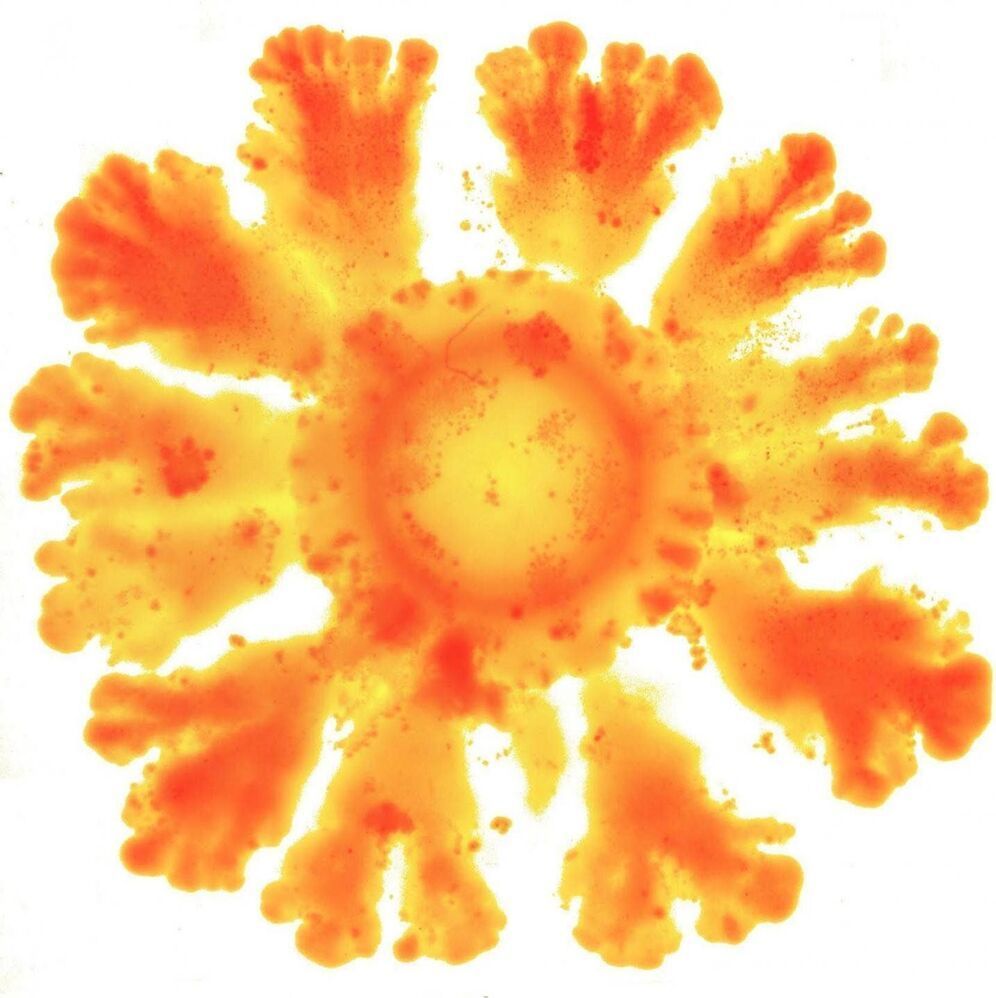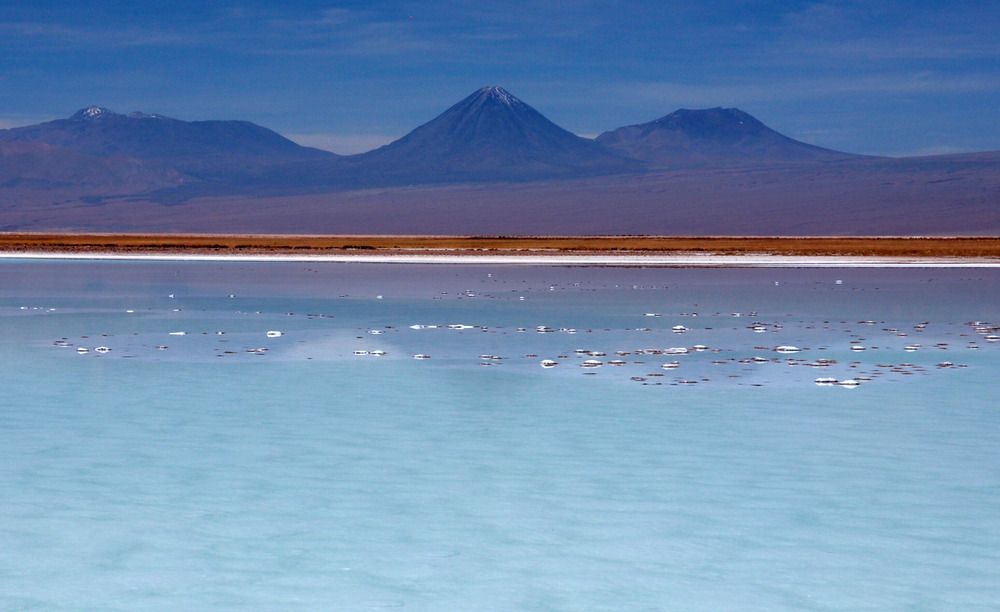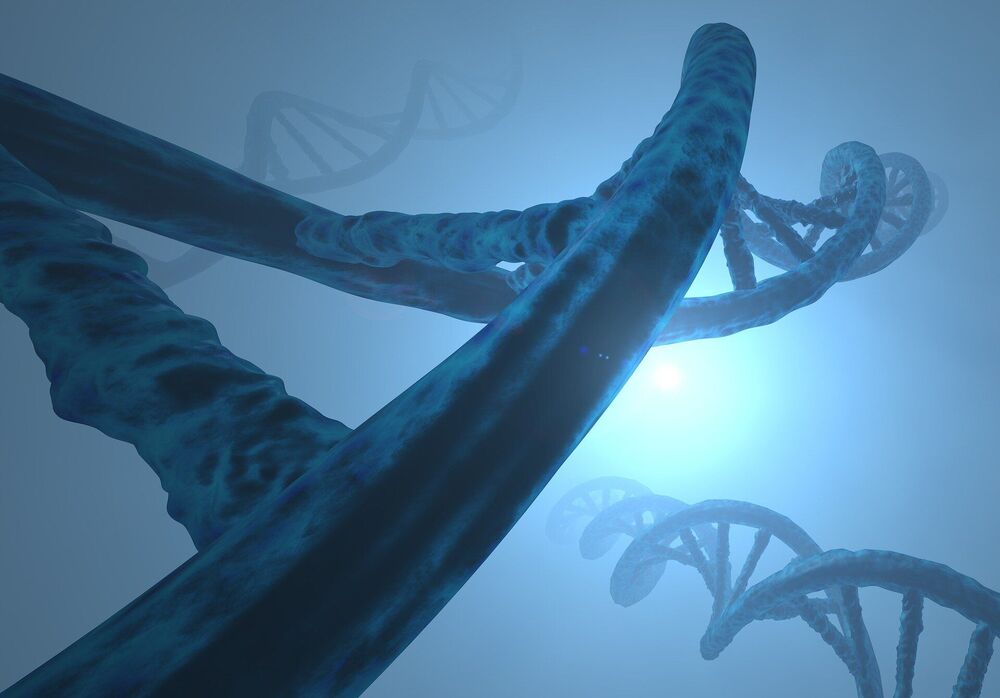Scientists have successfully managed to wake a series of microbes that had remained “asleep” for at least 100 million years. The microbes that existed during the dinosaurs’ time have shown traces of growth in the latest studies.
A team of scientists in the US and Japan says that these prehistoric microorganisms began to grow and divide despite having entered an energy-saving state when dinosaurs were still walking on Earth.
The microbes belonged to ten different bacteria groups and were recovered from sediments mined in 2010 at the bottom of the South Pacific Gyre, one of the most deserted parts of the ocean in terms of nutrients.
